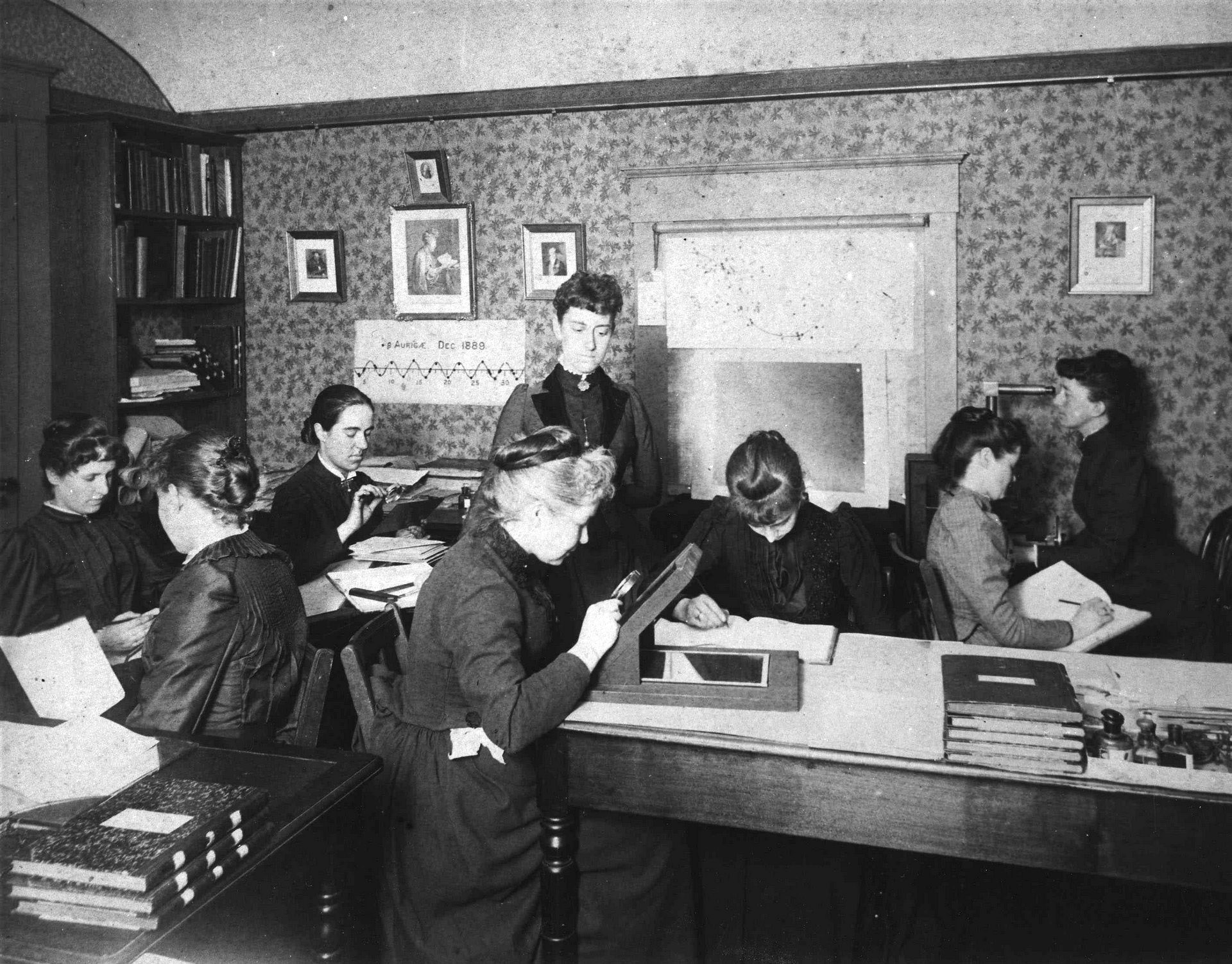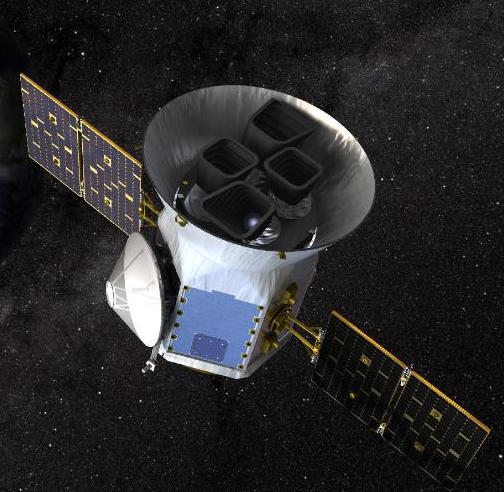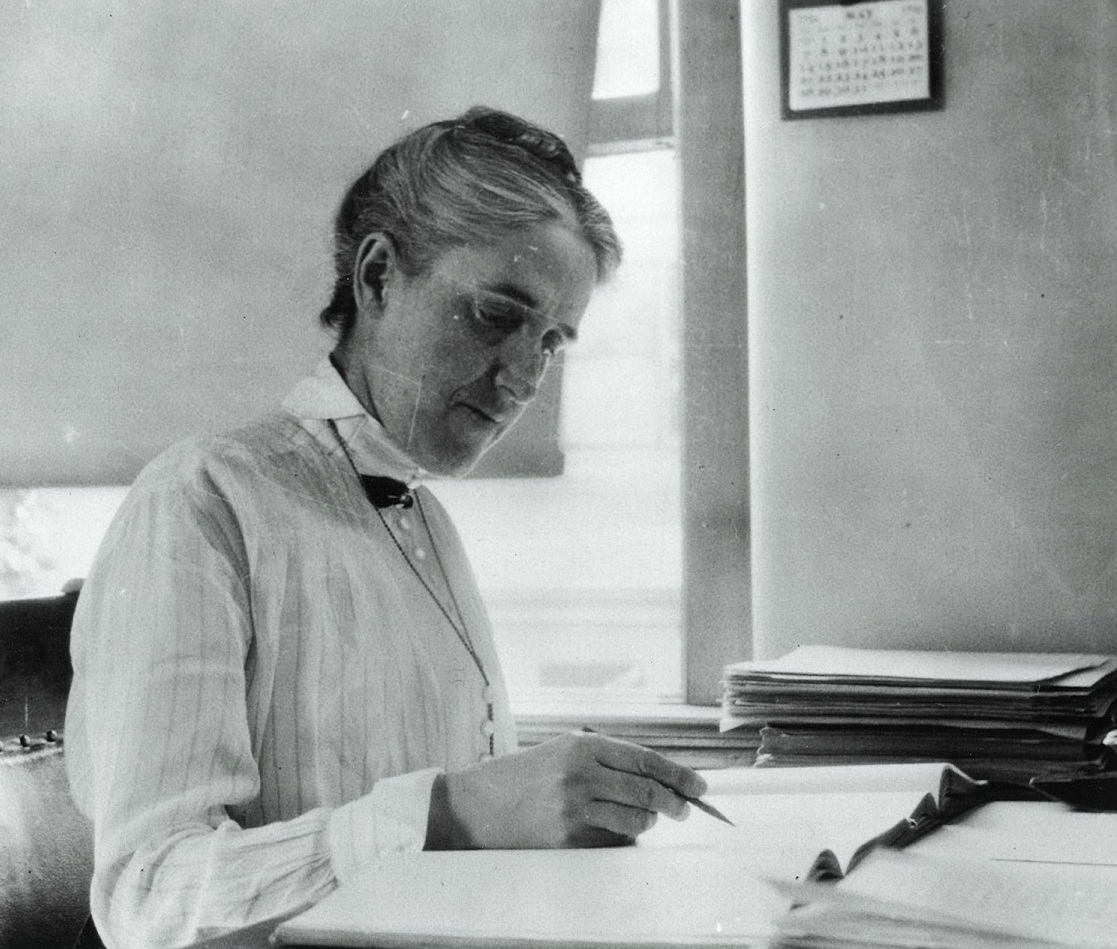
Why Take this Class?
Astronomers discover new facts about the Universe by asking questions, constructing theoretical models, analyzing data, testing hypotheses, collaborating in teams, and learning from others. The goal of this class is to provide students with a taste of real astronomy. We will learn the craft of research through conversation, reading, writing, hands-on analysis, back-of-the-envelope calculations, and interactions with professional astronomers. For Fall 2018, the class will center around a semester-long, hands-on research project on the detection and characterization of transiting exoplanets with the new NASA TESS mission.

Astronomy with TESS
The Transiting Exoplanet Survey Satellite (TESS) is a new NASA mission to search of exoplanets transiting the closest and brightest stars. It will make time-series brightness measurements of millions of stars covering the entire sky, looking for tiny dips in their brightness caused by transiting planets. Students will engage directly with real data from the TESS telescopes, using tools developed by the professional exoplanet community.

Inspiration
Henrietta Swan Leavitt (1868-1921) was an astronomer at the Harvard College Observatory. She made repeated brightness measurements of stars in the Magellanic Clouds. She discovered the Leavitt Law, the period-luminosity relationship for pulsating Cepheid variable stars, which allows them to be used as standard candles. To this day, we use Cepheid variables to measure the size and age of the observable Universe. TESS is extending Henrietta's legacy by making (much more precise!) repeated brightness measurements of stars. We will use those brightness measurements to study something different (exoplanets!), but the principle is the same.

Contact
Please contact Zach Berta-Thompson with questions. Either stop by my office (Duane D213) or send me an email at zach.bertathompson@colorado.edu
Design: HTML5 UP. © Zach Berta-Thompson 2018.